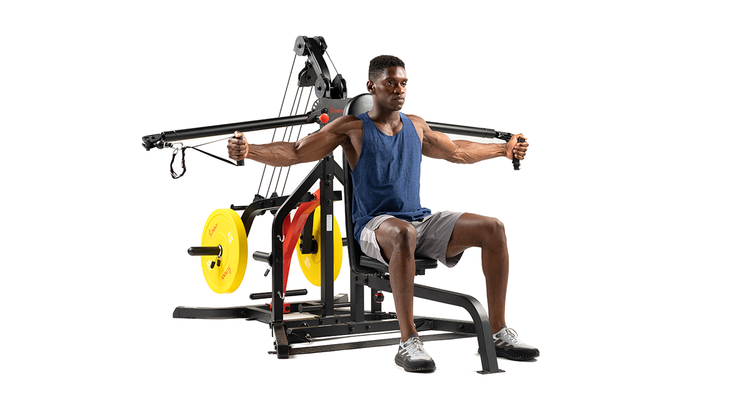A Complete Male Hormone Optimization Plan: Cycling, Strength & Smart Home Workouts
Contact partnership@freebeat.ai for guest post/link insertion opportunities.
1. Understanding Male Hormones and Exercise
Male hormone balance—particularly testosterone—is crucial for energy, muscle mass, metabolism, and even mental clarity. While testosterone naturally declines with age, lifestyle choices like indoor sports and home fitness can help sustain healthy levels.
Medical experts confirm that regular exercise boosts testosterone, though different training styles impact hormones in diverse ways. For example, while pure cardio has some benefits, resistance and HIIT workouts deliver the most substantial hormone response. In contrast, steady-state cardio provides cardio health and fat loss, but doesn’t have the same stimulating effect on male hormones.
2. The Power of Indoor Cycling for Hormone Health
Indoor cycling—especially structured sessions like Les Mills RPM or SPRINT—combines cardio and intensity in a low-impact format. Les Mills refers to this as "Cardio Peak Training," mixing steady-state rhythms with token bursts of high intensity.
Studies show that incorporating HIIT-style cycling sessions (e.g., two 30-minute SPRINT sessions per week) improves cardiovascular fitness, reduces body fat, and supports metabolic health. These same workouts also stimulate testosterone release—though the peak post-exercise is brief, regular training helps sustain overall levels.
Additionally, Les Mills emphasizes that workouts in late afternoon and evening may coincide with natural hormonal peaks, offering enhanced performance and better male hormone support.
3. Strength Training & Core Workouts: The Missing Piece
For optimal male hormone health, add resistance training to your indoor routine. Compound exercises that engage large muscle groups—like squats, rows, and deadlifts—are especially effective at triggering hormonal responses.
Meanwhile, don’t overlook dynamic core routines like bicycle crunches. These exercises engage multiple muscle groups, promote core stability, and complement both cardio and weight training sessions. You can easily integrate them into a home fitness routine alongside your indoor cycling workouts.

4. Crafting a Balanced Home Fitness Routine
Try this structured weekly plan:
-
Mondays & Thursdays:
-
Indoor cycling session (Les Mills RPM-style), 45 minutes with built-in sprints/climbs.
-
Finish with 3 sets of 20 bicycle crunches.
-
-
Tuesdays & Fridays:
-
Strength training circuit targeting full-body: squats, rows, push-ups, planks.
-
Include 2–3 core exercises like bicycle crunches or Russian twists.
-
-
Wednesdays:
-
Optional active recovery: light indoor cycling or mobility/stretching.
-
-
Evenings:
-
Aim for workouts later in day (post-4 pm) when hormone levels and physical performance tend to be higher.
-
This blended “indoor sports + living healthy” model helps optimize male hormone levels while enhancing fitness, mood, and body composition.

5. Why Indoor Cycling Works So Well
-
Low-impact, high-efficiency: Delivers aerobic and anaerobic benefits without stress on joints.
-
Time-optimized: Busy schedules? A 30–45‑minute session covers cardio, intervals, and calorie burn.
-
Motivational edge: Methods like Les Mills classes are engaging with music, cues, and group energy freebeat.
-
Multi-workout adaptability: Switch to a flat ride, hill climb, or HIIT sprint, all from home.
6. Bringing it Home: Smart Indoor Cycling Integration
Setting up a dedicated home fitness area with a work out bike allows you to seamlessly weave hormone-supportive training into daily life. After health and science, what follows is convenience, consistency, and your personal environment.
To bring everything together, consider a smart indoor cycling solution that fits your space and lifestyle. When you're ready to elevate your male hormone–optimizing workouts at home, check out how the freebeat single bike setup can complement your plan.






















 0% APR financing for 24-month payments.
0% APR financing for 24-month payments.